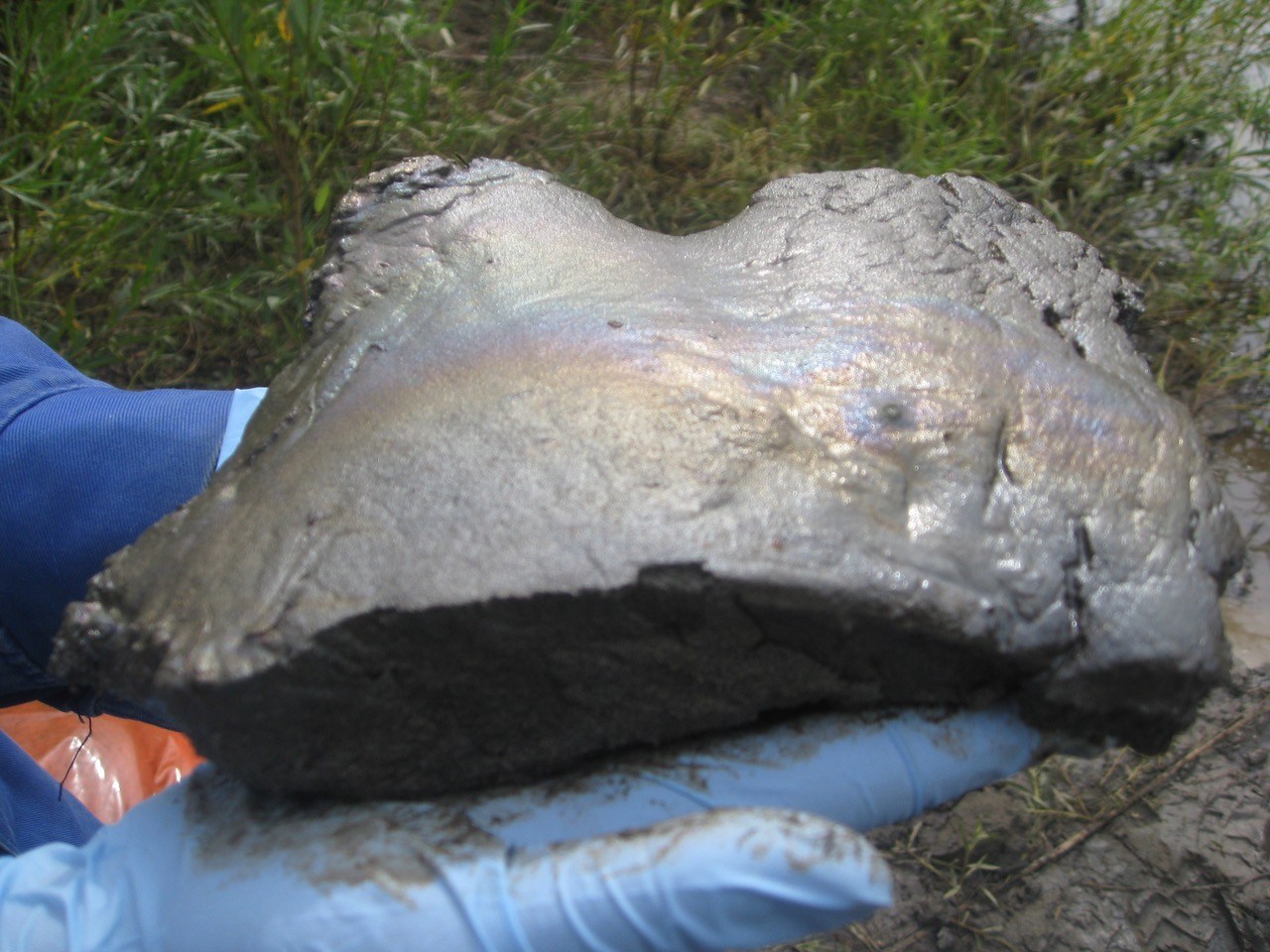One of the more common chemical groups that we work on is polycyclic aromatic hydrocarbons (PAHs). I have worked on them since 2002 when I developed methods to measure human exposure to PAHs at the Centers for Disease Control and have been working on them ever since. Since 2004, the projects involved PAHs and PAH samples in the environment – whether it be fish tissue, oil spills, creosote and even air monitoring.
Having worked on several oil spills in the past years, PAHs are the compounds of choice for the long term monitoring to determine if oil remains in the rivers and this usually involves sediment sampling and analysis. One very common problem that can occur when dealing with lots of sediment samples as field crews respond to an oil spill is getting the samples analyzed within the US EPA defined hold time of 14 days. The guideline of 14 days was determined in the 1970s and there really is not much scientific backing for the timeline. Do PAH samples, which are sometimes grouped into the persistent organic pollutants (POPs), really only have a shelf life of 14 days?
The answer is no. They do last longer but some compounds are susceptible to breakdown and can show decreases if proper storage or preservatives are not applied to the sample. A recent paper by Douglas et al (2018) tested the hold times of PAHs from sediment samples. The ideal preservation conditions for PAHs in sediments is to add sodium azide. With sodium azide addition, the PAHs were stable for 60 days at ambient conditions (no refrigeration).
Although not tested in this study, sediments stored in the freezer may provide longer than 14 day hold times as well. By lowering the temperature to freezing, the microbes may not be very active but alas, not tested as part of this study. The issue with freezing samples is it can result in cracked jars due to the water expansion.
So, for your next PAHs in sediment study, add sodium azide to the sediments and have extended shelf life for your samples. It might come in handy when you decide that it might be good to do PAH fingerprinting and need to send the PAH samples for alkylated PAH analysis. You know who you are, we have all been caught on that one.


-1.png?width=859&name=Sample%20%231%20(2)-1.png)
.jpg?width=859&name=Archery%20photo%20(3).jpg)